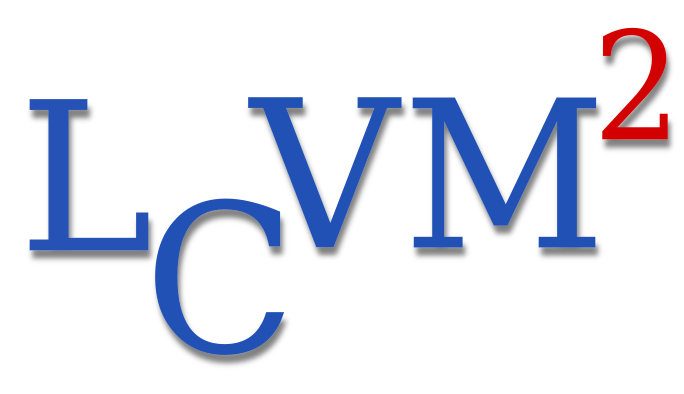MATLAB scripts
All scripts can be downloaded from the following .zip file: Discrete_DNA_minicircles.zip.Energy_min.m
| Inputs | bBDNA initial guesses, name: Initial_guesses/‹seq_name›_guess‹guess_nb›.txt |
| Parameters | model for DNA: models = "cgDNAmin", "cgDNA+min" or ["cgDNAmin","cgDNA+min"] |
| closure assumption: boundaries = "NCC", "PC" or ["NCC","PC"] | |
| sequence:
seq: the sequence seq_name: the name of the sequence range_guesses: list of ‹guess_nb› | |
| Outputs | 3D views of solutions, name: Results/3D_views/‹seq_name›_3Dsol‹guess_nb›_‹model›.fig |
| 2D plots of solutions, name: Results/2D_plots/‹seq_name›_2Dsol‹guess_nb›_‹model›.fig | |
| MATLAB variables, name: Results/Variables/‹seq_name›_sol‹guess_nb›_‹model›.mat |
The scripts then runs the discrete energy minimization for all combinations of models and boundaries.
The initial guesses are read from the "Initial_guesses" folder.
The algorithm outputs the solutions in the "Results/3D_views", "Results/2D_plots", "Results/Variables" subfolders.
The codes relative to each combination of model and closure assumption can be found in the "‹boundary›‹model›" subfolder.
The function that runs the minimization is the find_min_e function and the function to compute the energy, its gradient and Hessian is discrete_dna_penalty_en_grad_hess. The definitions of both funcitons can be found in the .m files with the corresponding names.
Visualize_solution.m
| Inputs | cgDNAmin solution, name: Results/Variables/‹seq_name›_sol‹guess_nb›_‹model›.mat |
| Parameters | model for DNA: models = "cgDNAmin" or "cgDNA+min" |
| closure assumption: boundaries = "NCC" or "PC" | |
| sequence:
seq: the sequence seq_name: the name of the sequence range_guesses: list of ‹guess_nb› | |
| chose figures to save:
guess_view: 3D view of the initial guess solution_view: 3D view of the solution plot_coord: 2D plots of coordinates plot_diff: 2D plots of the difference groundstate - circle shape | |
| Outputs (if chosen) |
3D views of initial guess, name: Results/3D_views/‹seq_name›_guess‹guess_nb›_‹model›.png |
| 3D views of solution, name: Results/3D_views/‹seq_name›_3Dsol‹guess_nb›_‹model›.png | |
| 2D plots of solution, name: Results/2D_plots/‹seq_name›_2Dsol‹guess_nb›_‹model›.png In the case cgDNA+min: 2 different plots for cgDNA and phosphate coordinates: Results/2D_plots/‹seq_name›_2Dsol‹guess_nb›_‹model›_cgDNA-coord.png Results/2D_plots/‹seq_name›_2Dsol‹guess_nb›_‹model›_Pho-coord.png | |
| 2D plots of difference, name: Results/2D_plots/‹seq_name›_2Ddiff‹guess_nb›_‹model›.png In the case cgDNA+min: 2 different plots for cgDNA and phosphate coordinates: Results/2D_plots/‹seq_name›_2Ddiff‹guess_nb›_‹model›_cgDNA-coord.png Results/2D_plots/‹seq_name›_2Ddiff‹guess_nb›_‹model›_Pho-coord.png |
The script reads the stored variables of the computed solution and creates the figures. The bBDNA software can be found on the LVCMM software page: link.

